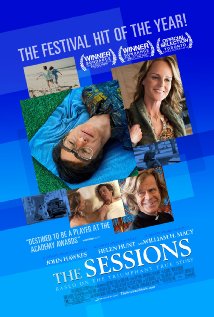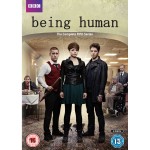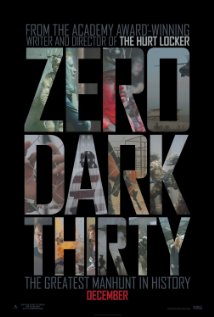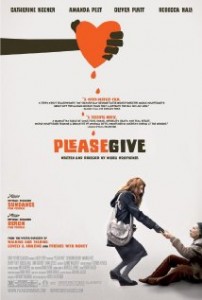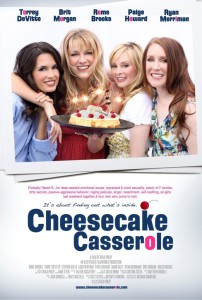I’m very interested at the moment in cultural hierarchies – the ways in which cultural products are differently valued, in prevailing systems of taste judgement – and have been thinking about this in various ways, including how it applies to some of my own patterns of consumption. The TV series Game of Thrones is a case in point. Some friends of mine are quite avid fans, particularly of the source novels by George R. R. Martin, against which they measure the TV version. I’ve always been a bit snooty about these. Not really my thing. A bit downmarket. Those big fat sort of sword-and-scorcery novel series. Lord of the Rings territory, almost. And one of these friends is a huge fan of that, too, which is further grist to the mill. Stuff I can confidently distance myself from – without ever having felt the need actually to read it myself, of course!
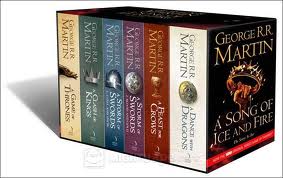
I’m well aware that my disparagement of such material is based on a particular social class location and/or aspiration and notions of myself as a consumer of more lofty stuff. I mean, I just finished Will Self’s Umbrella, a work of serious literary fiction (and yes, look, I took the opportunity to slip that in here; gratuitously, perhaps, although the very gratuitous nature of this helps to make the point about how this kind of process works). A key insight of cultural studies into this kind of thing is that tastes are never just innocent opinions. Never ‘just what I like’ – especially not the ‘just’. No, they’re parts of much larger process of cultural positioning and sense of self that are profoundly socio-cultural and relational in nature.
Pierre Bourdieu’s book Distinction: A Social Critique of the Judgement of Taste is the key text on the subject, pioneering an approach that’s been increasingly influential in my work on indie film and related matters, particularly from my book Indiewood, USA onwards. In a nutshell, this suggests that what we consume – or, more particularly, that from which we take pleasure in consuming – is shaped by our cultural background, particularly by the resources of cultural capital that we acquire, primarily through education and family background. The pleasurable consumption of material that’s ascribed a ‘higher’ position in cultural hierarchies is premised largely upon the sense of distinction it gives to the consumer: a feeling of superiority over those who consume more ‘lowly’ material, as well as a more positive pleasure in the activation of stored up reserves of cultural capital (all that learning about such things that makes them more accessible and that might seem like a waste of time if not given the chance to be shown off).

But the status of particular material can change, or its associations can shift from one iteration to another. The hierarchies in which cultural/artistic goods are located are enormously powerful and often appear unchanging – think, for example, of the enduringly ‘high’ position occupied by major names from classical music, literature, painting, and so on, and the institutional forms through which these are maintained. But the same source material can come to occupy a different position when combined with other associations.
So, I’ve been very pleasurably consuming the TV series of Game of Thrones, something I would not really have expected. How come? Certain pragmatic factors led me actually to experience the text in this case. My eldest is also a big fan of the books. She’s very bright and literate, but a product I’d consider rather lowly of this kind seems entirely fine to me as ‘relaxation’ reading for someone who’s still in their mid-teens (very different from my taste-hirearchical judgement of its suitability for an adult!). We bought the TV series as a birthday present and needed to watch it, at the start, at least, to make sure it was age-suitable. It sort-of, just about is, but we (the whole family) were grabbed by it and have kept watching.

I’d quite wanted to give it a go before this particular family-based factor came into play, despite my disparaging view of the source material. This wasn’t because I’d become less hidebound, but because the TV series – as opposed to the books – possesses certain ‘markers of quality’ that elevate its position in the prevailing cultural hierarchy. Most of all, and most influential as an up-front factor, is the brand with which it’s associated: HBO, the cable channel that has become a watch-word for what’s known in academic circles as ‘quality TV’ – that is, TV that aspires to a status superior to that usually associated with the medium. The HBO label creates associations with series such as The Sopranos and The Wire, programming that generates its own higher cultural standing through the associations it establishes in turn with qualities such as the ‘literary’ (complexity, nuance, depth of character, etc.). So, yes, Game of Thrones, can go surfing upwards in the cultural hierarchy and reaches a threshold at the point of which I’m quite happy to give it a go (rather than feeling like I’m doing this for reasons of ‘duty’ and with a sense of cultural slumming). And it does fit the bill quite well and has other signifiers of quality such as lots of good actors (lots of British performers, which also, in the US-media context, is usually a signifier of quality, if often mixed with that tendency to cast Brits as villains).

And, er, it also seems to be quite well written. Is the good writing from the TV series itself or from the book, I have to ask, somewhat anxiously, and am assured that it’s from the books, which is of course a disappointment to me. Not that I’m going to read them. I mean, they’re just too long – and I already know the key plot elements of the ones the TV series has covered and don’t want foreknowledge of those which haven’t yet been reached, do I? So I can safely leave the books alone. Not at all because they just wouldn’t feel right to me, of course. Maybe the shift up the hierarchy could carry the books along with it, but I somehow don’t think I’m going to put that to the test…
It is a useful exercise to see how these kinds of patterns shape our own personal tastes. I fully understand the wider social context and processes involved. They’re a core element in my current academic work, something I’ll write about more in future (a book contract is in the offing). But that doesn’t stop them still coursing through my own individual experiences in a manner that isn’t subject to personal control. I could make myself read the books, of course. But somehow I think I’ll find even more excuses not to. All those other books awaiting on my shelves, for example. And those ones are clearly superior – aren’t they?


